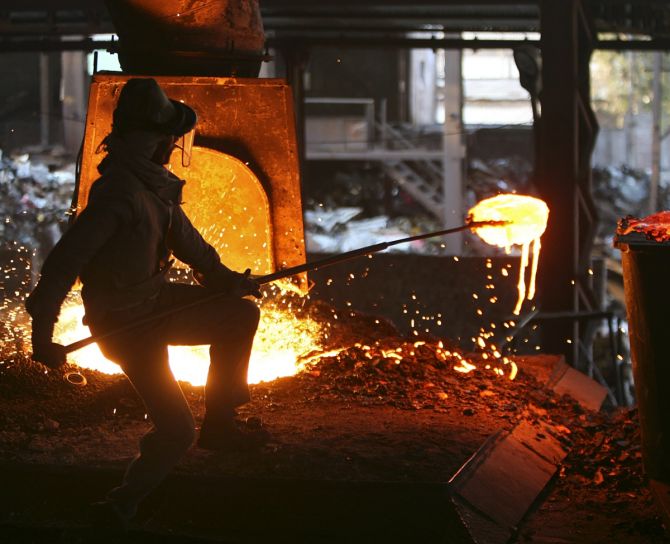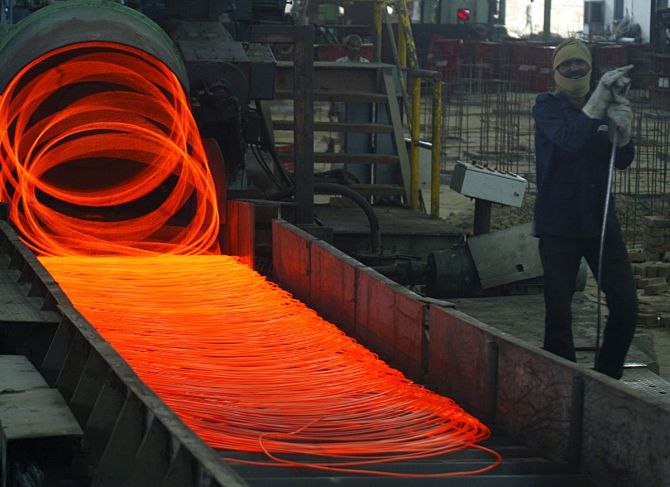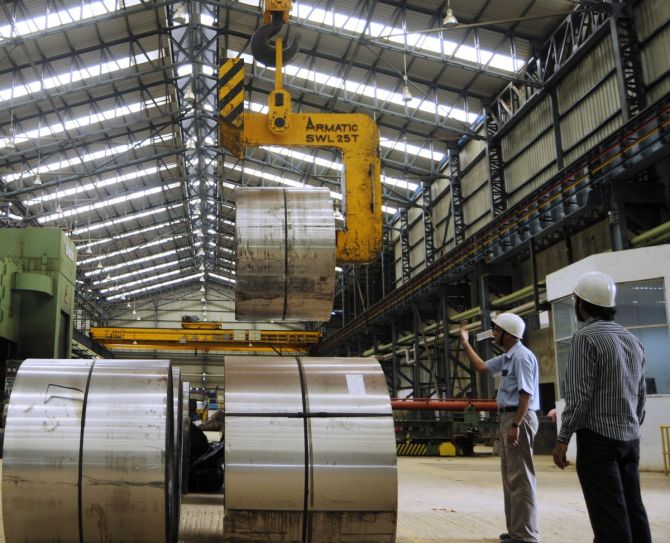74 of these fatalities were reported by 8 companies: Coal India (21), L&T (14), Vedanta (13, of which Hindustan Zinc reported 7), Tata Steel (7), Power Grid Corporation of India (7), JSW Steel (6), and ONGC (6).
More than 100 lives were lost at some of India’s top companies in industrial accidents in 2022-2023, regulatory disclosures show. The number was higher in preceding years.
Thirty-three of the BSE50 companies, as on March 31, 2023, (excluding banking, financial services and IT) reported a combined 101 fatalities related to work in FY23, about half of the 211 in FY22.
The fatalities reported include all kinds of labour at work: On-roll, contractual, and third-party.
The 33 companies had a combined employee strength of 2.9 million. For some companies, though, the employee strength may not include contract labour.
74 of these fatalities were reported by 8 companies: Coal India (21), Larsen & Toubro (14), Vedanta (13, of which Hindustan Zinc reported 7), Tata Steel (7), Power Grid Corporation of India (7), JSW Steel (6), and ONGC (6).
For the eight companies with six or more fatalities, the combined employee strength was 499,000.
The trend in reported deaths due to industrial accidents appears to be declining for India’s top companies.
For instance, the same set of companies reported at least 109 deaths in FY21, 129 in FY20 and 99 in FY19.
ONGC said in its response that 86 of the 88 fatalities in FY22 were related to two accidents that occurred during the unprecedented Cyclone Tauktae on a contractor’s barge and vessel.
Of the six fatalities reported in FY23, the company said, two were related to accidents at departmental rigs and another four to the emergency landing of a helicopter.
Subramanian Sarma, senior executive vice president (energy) for L&T, in an e-mail response noted there are also behavioural challenges.
‘Our safety record in international projects with more stringent requirements has been exemplary, without incidents. Despite all these efforts, there are people coming into the industry who do not understand the risks associated with it and sometimes do not follow the processes and procedures,’ Sarma said.
‘The behavioural aspect remains a challenge, and significant efforts have been made to reinforce positive safe behaviour across the project sites, Sarma added.
Pallab De, Partner & Leader, Manufacturing & Operations Consulting, PwC India has a word of caution.
‘The reports of BES50 companies have better safety standards, governance and reporting than smaller companies. It can be assumed that the trend would be worse in smaller companies,’ De said.
According to the Directorate General Factory Advice Service and Labour Institutes (DGFASLI) report in 2021, De noted a total of 32,413 accidents were reported across various industries, resulting in 1,050 fatalities and 3,882 injuries in 2020.
The data shows, even though total injuries have decreased by roughly 70 per cent during 2015-2016, the rate of dangerous events and fatalities remained steady throughout the 10-year period.
However, DGFASLI data seems under-reported as there are numerous MSMEs which are not subject to safety regulations, he said.
Among the top companies, many have adopted different targets to achieve zero fatalities.
For instance, a spokesperson for Vedanta Group, representing both Hindustan Zinc and Vedanta, said: ‘The few incidents at our organisation have been thoroughly investigated and we have worked diligently on ensuring that post-incident learnings are disseminated across the organisation. Our goal will always remain zero fatalities, and we will continue to create a healthy and safe workplace for all.’
India Inc is also under pressure to meet environment, social, and governance norms, which include industrial safety.
‘We see small improvement through ESG-based funding in making Indian companies safer and there is a long way to go,’ said De of PwC.
Source: Read Full Article





